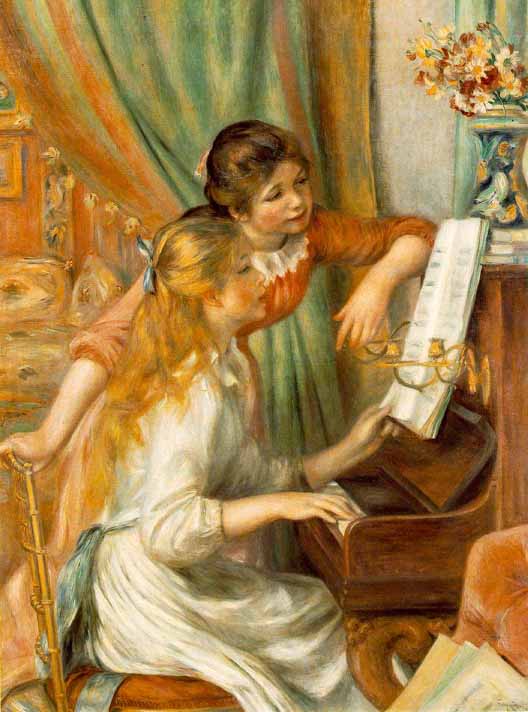|
Home
Page |
|||||
Lessons in the studio
present students with a one-on-one learning opportunity, the opportunity
to play on a 6' 5" grand piano, and access to vast studio
resources, including a huge music library, music text books, and various
teaching aids. Online lessons are available for students who live too far to travel to the studio, for whom travel is inconvenient, or when weather conditions make travel unsafe. High tech microphones and cameras make the learning experience unsurpassed.
Repertoire: It is more fun for any pianist to play music that he/she loves. For that reason, Piano d’Amore Studio maintains a large library of every type of music. Piano d'Amore Studio also provides students with several video playlists to listen and select music by level and type, including classical, new age, movie themes, anime, game music, and more. As necessary, the studio can created special customized arrangements for students levels and special needs. Performance Opportunities Piano Recitals offer students the opportunity to develop confidence by performing before a large group of students and parents. Piano d’Amore Studio of Music presents two special piano recitals each year, complete with custom programs and catered reception.
Video Recordings of students'
music are
created regularly and made available to parents to share with family and
friends. The National Guild
Piano Playing Auditions
is held each spring. Students work
throughout the year to be able to perform 5-15 music selections by
memory, and they perform these selections for a highly qualified
adjudicator who is selected by the American College of Musicians.
Following the Guild auditions, students receive written evaluations of
their performances as well as suggestions for improvement. A Complete Music
Education
Much more! |
|||||


